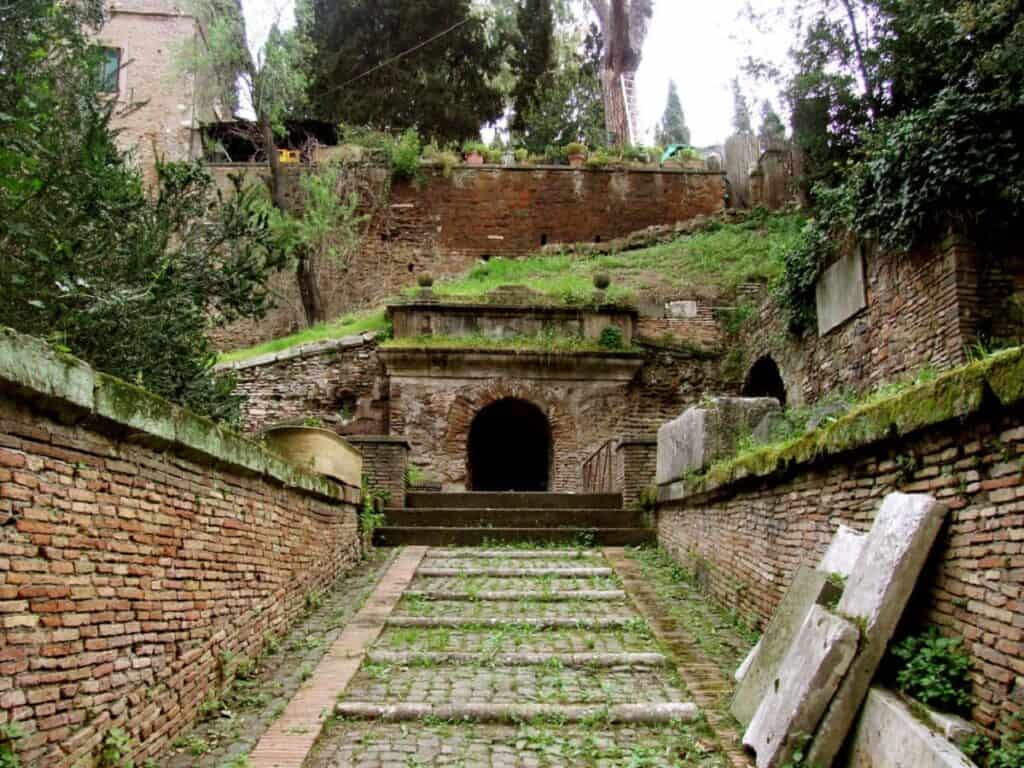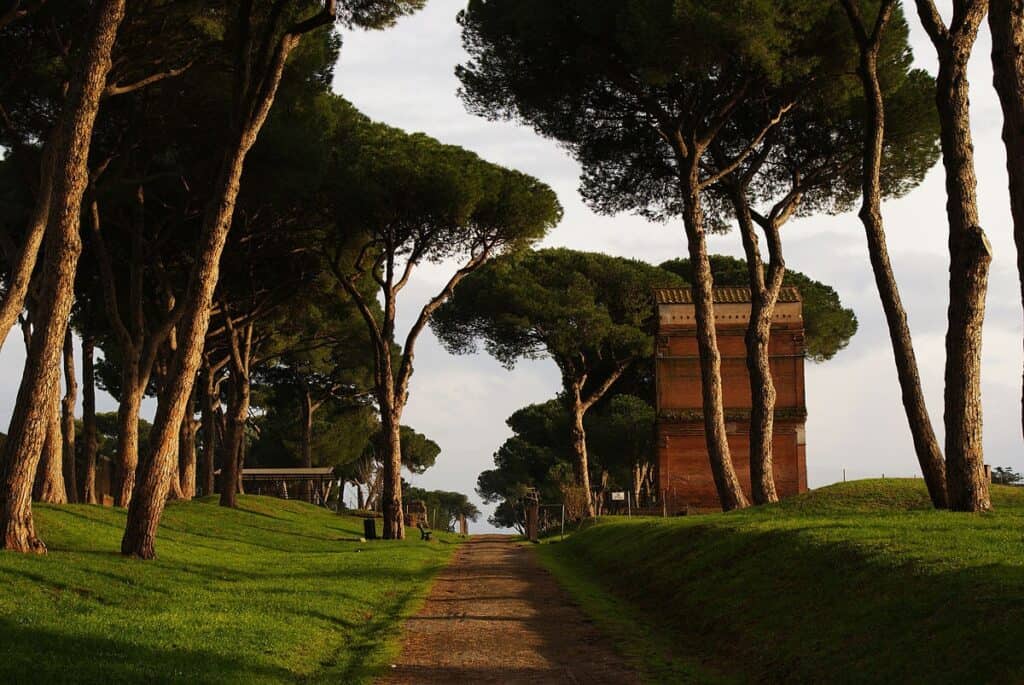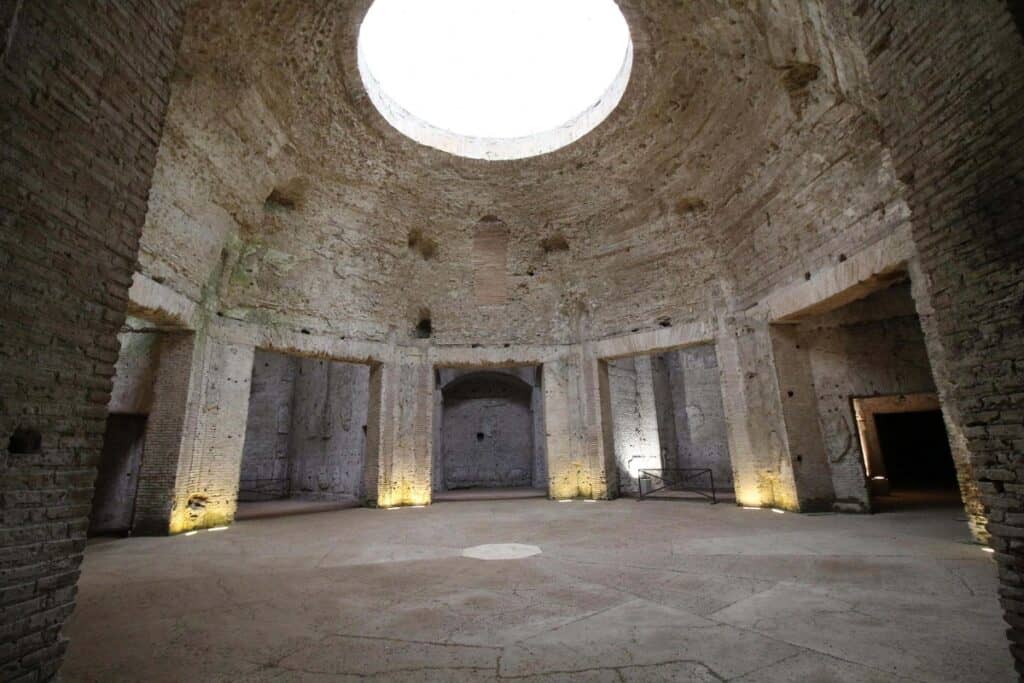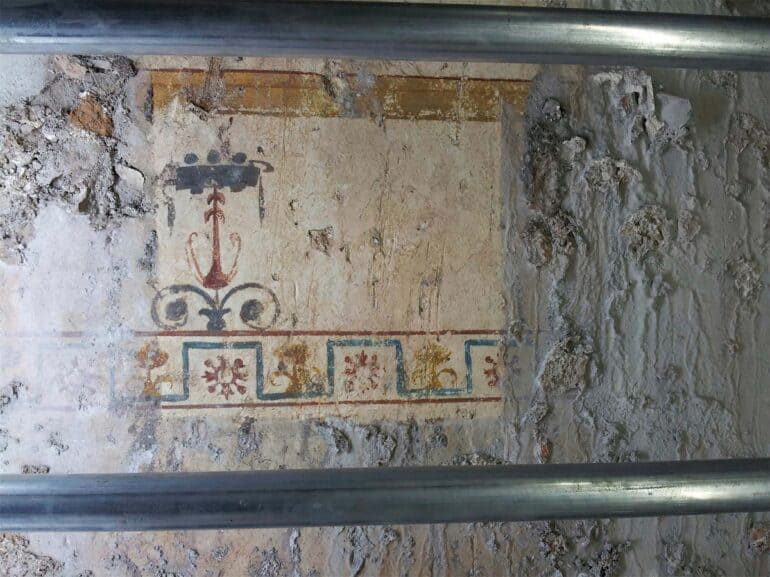Hidden histories of ancient Rome
Over the course of history people, cities and countries rose to power and fell into obscurity. Historical figures or locations that we remember today are not the same as those of a hundred years, let alone a thousand years ago. Beyond the usual tourist paths lie places whose histories have become somewhat forgotten.
RECOMMENDED:
Top things to do in Rome
Things to see in Rome: best attractions
Tomb of the Scipios

Just a few meters away from the Terme di Caracalla lies a necropolis of one of the most famous families of ancient Rome. Everyone interested in the history of ancient Rome knows the name of Scipio. Whether it is the legendary general Scipio Africanus who defeated Hannibal at Zama, or Scipio Hispanicus who oversaw the final destruction of Carthage during the Third Punic war, there is no denying that Scipios are one of the most renowned Roman families of the republican period.
The tomb was founded in the third century BC and remained in use until the first century AD. After the final fall of the republic and rise of the empire, the importance and splendor of the old noble families began to gradually diminish. In the fourth century AD the tomb was abandoned completely and as Rome itself began fading away so did the memory of this once noble and powerful family. Inside the necropolis there is one tomb belonging to someone outside of the family, the poet Ennuis. It is a very clear example of the patronage of a wealthy family over artists. A practice very much alive in ancient Rome, that resurfaced during the renaissance.
Unfortunately the necropolis shared the fate of so many ancient monuments. Abandoned, looted, lost to history, rediscovered during the renaissance, then abandoned and lost again finally rediscovered for the second time in the XVIII century. Most of the sarcophagi and other movable objects were either plundered in prior centuries or moved to different locations in the 1800s. Some tombs and busts found on the site are on display in the Vatican Museums. Due to centuries of neglect many of the original artifacts, statues or frescoes got lost or destroyed. Fortunately, some survived and are available for the public. The tomb offers incredible insights into the classical roman architecture, art, design and burial practices. In order to see the necropolis it is necessary to book an appointment a few days in advance by calling 06 0608.
Tombs of via Latina

On the very edge of the Parco dell’Appia Antica lies Parco archeologico delle Tombe di via Latina. It is a complex of tombs dotted alongside ancient Via Latina. It is quite easily accessible, located within walking distance from the Metro A station Arco di Travertino.
Via Latina was the ancient Roman road connecting Rome with Capua. Originally it ran for over 200 kilometers and was the first ancient highway leading to Campania. The neighboring Via Appia, even though it constituted a greater engineering achievement, was built a few decades later.
The site itself is an interesting combination of ancient tombs and a road. Unlike the neighboring Via Appia, you do not need to walk for a long distance to reach a longer, unbroken stretch of original pavement. There are no cars and buses passing around and there are no tourist facilities. The whole site is surrounded by tall trees cutting out the noise of the modern metropolis and making it easy to get lost in the timeless atmosphere of the place. The park and the road stretches for around 400 meters. The tombs located on both sides of the road were built between the first and second centuries AD. While the overground structures are mostly modern reconstructions, the underground chambers remain relatively untouched. Inside it is possible to observe intricate early christian frescoes. It is possible to book a guided tour of the site. This option enables you to see additional locations that are not accessible otherwise.
Via Latina is the perfect alternative for Via Appia, for people who do not have that much time for a visit to ancient Rome as the whole site, unlike Via Appia, can be seen in an hour or two and is easily reached from the city center. Not to mention the chance to see one of the earliest examples of christian art in ancient Rome. All of this makes Parco archeologico delle Tombe di via Latina an interesting site definitely worth visiting.
Domus Aurea

In the very heart of Rome, just next to the Colosseum lies one of the most forgotten sites founded by one of the most famous emperors. Domus Aurea (‘The Golden House’) was a never finished palace of the Emperor Nero. After the great fire of Rome in 64 AD huge swathes of the city lay in ruin. We need to remember that while all the structures that survived until today are made of stone, most of Rome was built with wood. One of the structures that was destroyed or damaged was Nero’s original palace Domus Transitoria. On its site the megalomaniacal emperor decided to build a new structure, more beautiful and grand than anything that came before it, but the untimely death of the emperor in 68 AD and the subsequent inheritance crisis caused the construction to halt. The offensive splendor of the palace caused it to be highly unpopular among romans. Almost immediately after Nero’s death some unfinished parts of the complex were buried and built over. It was finally destroyed and abandoned in 104 AD. This makes this site very interesting as it is one of the few sites that got ‘lost to history’ deliberately. However, because significant parts of the palace were buried and built over soon after its construction it created a perfect preservation environment. The palace was not exposed to elements nor was it looted. Inside survived some of the finest examples of Roman art similar to what can be found immortalized in sites such as Pompeii or Herculaneum.
Domus Aurea is an active excavation site and the visits can be done only with a guide. There is a limited number of tourists allowed inside each day so it is better to book your slots some time in advance. The tour is a fine example of how the newest technology can be used to access the past. Everyone is given VR glasses that allow the wearer to see how the site looked originally and when it was first excavated. It is important to remember that inside there are cave-like conditions. The temperature is around ten degrees Celsius year-round, so even if outside it gets unbearably hot it is wise to take at least a hoodie.






